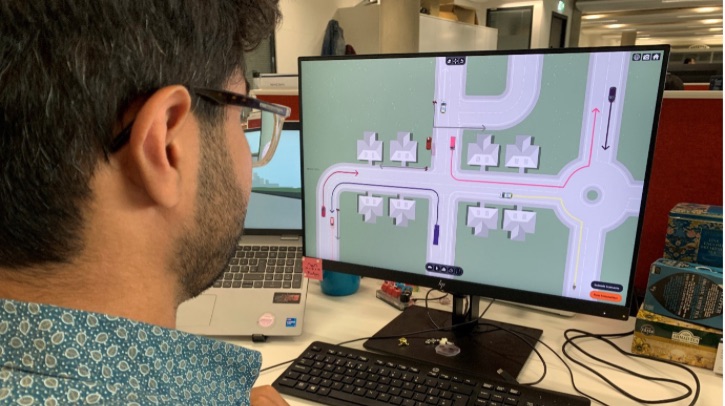The world’s first online platform that gauges public response to influence development of autonomous vehicles has been launched by WMG, at The University of Warwick.
Dubbed the Safety Pool Studio, it is a driving scenario creation platform that the public can use to design road scenarios based on their real-life experiences or expectations during the introduction of AVs. The platform aims to empower the public to become part of the safety discussions, making the process more inclusive.
WMG states that nearly half of UK motorists still do not trust autonomous vehicle technology because of safety concerns. This online platform aims to address this by opening a conversation for future users to be involved with the safety of AV deployment.
Lilian Greenwood MP, minister for the future of roads, Department for Transport, said, “I’m delighted that this pioneering platform will address the questions and concerns people have about automated vehicles and enable them to challenge developers to address the real issues they face on our roads. Public engagement will improve understanding of these new technologies and give people the confidence to use AVs when they hit our roads after 2026.”
The platform accounts for different driving styles, types of road layouts, and the movements of vehicles and pedestrians. Users around the world can customize road-driving scenarios for AVs based on their geographical locations, cultures and daily practices (in their own languages). Users can also check and trial their scenarios using an instant play function.
‘‘The public and the future technology users are paramount to automated vehicles’ development and deployment in the UK. By launching Safety Pool Studio, our ambition is to democratize safety by prioritizing the public’s voices in this new technology, where users can share their expectations and understanding of the safety of AV,” explained professor Siddartha Khastgir, head of safe autonomy at WMG, the University of Warwick.
Input from public can then be used for testing by the AV ecosystem. This also enables engineers to replicate potential road situations and assess their products’ safe and timely response to road incidents as part of post-deployment monitoring of the AVs.


